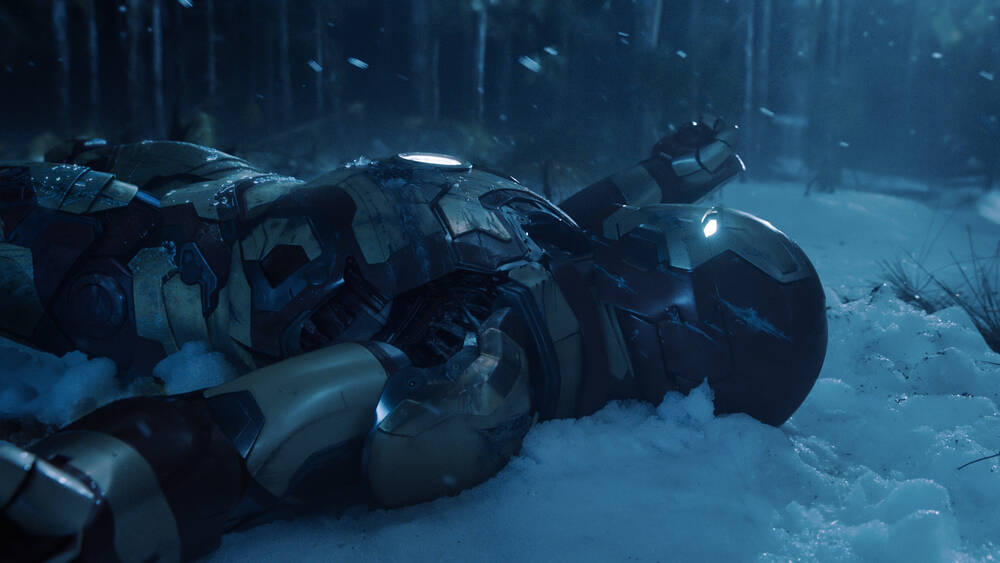
I’ve tried for a long time not to write an article like this. However, seeing dozens of corporate, mainstream media making headlines with this idea of ‘superhero fatigue’ really triggered me. So here we are; in this article, I will try to explain why superhero fatigue is a construct made by Hollywood movie critics as an excuse for poorly written, uncreative, derivative, repetitive films stuffed with ideological messaging that shows no respect for their fan base or source material. In this analysis, I will stick to the MCU mostly because it’s the most successful superhero cinematic universe (or at least it was) although similar things can be said about other franchises.
From Comics to Blockbusters
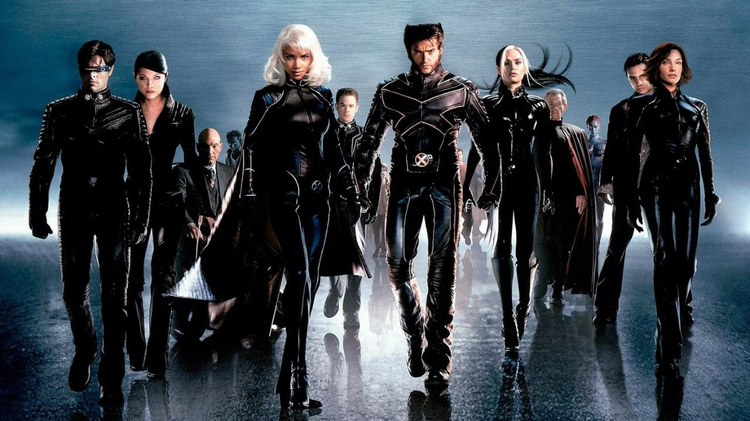
Photo Credits: Warner Bros.
Before we get into the part of “what went wrong” let’s see what went right in the first place. The origins of modern superhero films can be traced back as early as in 60’s and 70’s with the first Batman and Superman movies hitting the theaters. Sure, they had some success but the expansion didn’t start until the early 2000’s when the first X-man movies came to be. Daredevil, Hellboy, Hulk, Punisher, and many other titles were gaining more and more audiences interested in superheroes. Some of these movies were successful but we really saw the grand expansion only after MCU Phase 1 finished – that’s when the whole thing started to gain so much traction that nearly every major studio had a superhero movie developed.
There are several reasons why movies a decade ago, although flawed, were such a success: First of all, characters were developed through the span of several movies – Iron Man being the most successful example of this. Secondly, the visuals were something that no one had ever seen before – and thus inspired awe of something new and grandiose. Thirdly, the villains were not generic (sometimes) and the audience felt the gravity of a situation when, for example, Thanos was in the scene. Studios stopped making standalone movies and started developing whole cinematic universes and the audience wanted to see more – and more – until we all stopped caring. So, where did it end? Was it with Thanos snapping fingers in the Infinity Wars? Or She-Hulk twerking? Or was it a second, or third reboot and restart of DC Universe? Well, let’s see what went wrong.
New Heroes, Old Stories
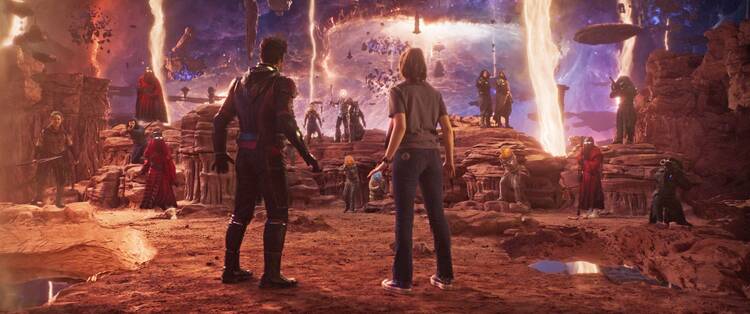
Photo Credits: Disney
Let’s try to pinpoint the exact time when we stopped caring about the iconic characters from the MCU. Well, at least with me, it ended up with Avengers: Endgame. I mean, it was truly the endgame for the whole universe – the greatest villain of all time was stopped, almost all characters completed their character arc, and the whole thing was done – maybe not perfectly, but it was over. Naturally, Disney wanted more – cause you know, they made a lot of money on this franchise. But this is the whole reason why I am writing this article – it’s not the problem that Disney wanted more movies made, the problem is that Disney wanted more same movies with different costumes made and expected the audience to be excited the same as we were the first time we saw those superheroes. The fact is that you can’t simply redo the same thing and expect it to perform the same as the original.
Perhaps the most obvious example of this repetitiveness is Ant-Man and the Wasp: Quantumania. The movie starts out with Antman being happy with saving the world and generally well-respected by everyone. Somehow, by a magical device that his teenage daughter somehow made, the whole family gets sucked into the quantum realm. The villain is introduced and tackled by using all sorts of MacGuffins and Deus-ex-machina events just so that the movie can end with Antman being happy about saving the world again and a teaser of a new villain coming. So, what was the point of this movie – the starting points of the main characters are exactly the same as they were at the beginning of the film. The world is not changed at all since a villain that no one knew about was eliminated and a new villain that no one knows about yet is going to emerge. The characters didn’t evolve or learn anything during the movie – they are exactly the same as they were at the beginning of it. This type of movie is what causes “superhero fatigue” – but it’s not the superhero frame that is to blame, it’s the repetitiveness and blandness of it.
Quantity Over Character Quality
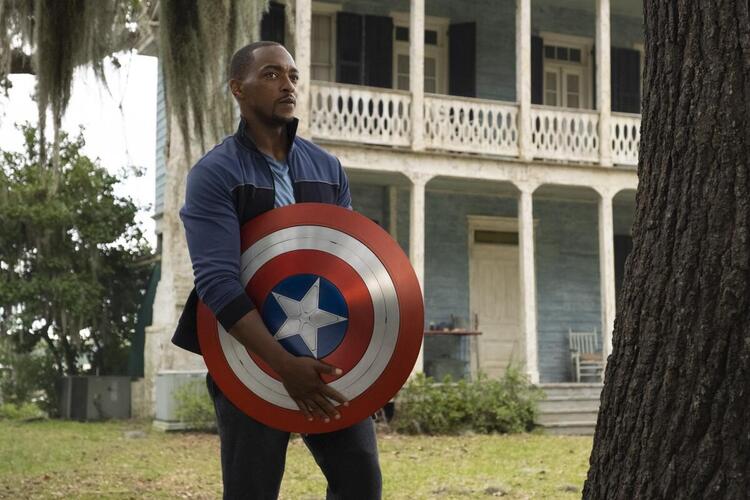
Photo Credits: Disney
A teenage boss girl with knowledge of Star Trek technology learned as a hobby in her spare time. A misunderstood boy lacking social skills with superpowers. A girl boss that’s smarter than anyone else for no reason. A villain whose only motives are to kill everyone for the sake of the plot. A redemption arc of a villain being evil in the beginning but trying to fix things in the end (or slipping into total madness). This is it – this is what superhero movies are about nowadays. Well, that and quirky jokes (because you have to laugh in order to be entertained, right?). It seems like the writers are simply using these well-established character setups and randomly tossing them in movies. One might argue that this was done before, even in successful movies – well yes, but we have seen those films already and we know how they end. That’s why you know how the whole movie will play out just from looking at the trailer for it.
Literally, ever since MCU Phase 3 ended, no character, new or old from MCU, got any kind of development. Most of them got either degraded (like Thor) or replaced by better and stronger (usually female) versions of themselves. Again, the problem is the same – we saw their character arcs already and we know how they ended. There’s nothing new added, just more of the same – and no character development is being done since these characters (or their predecessors) have already been developed. Perhaps the most well-known example is Falcon and Captain America. As we all know, Captain America died in the finale of MCU Phase 3 – but now, Falcon is the “new Captain America”. I simply can’t understand why Disney couldn’t make another story about Falcon, a compelling and interesting one as they did with Captain America. Instead, they decided to simply say, “Hey, it’s not over, we have a new guy in that old costume that you like, come and see it“. That’s what people are tired of – and it’s not called superhero fatigue, it’s called the lack of creativity.
Mission Impossible: Keeping Up With New Content
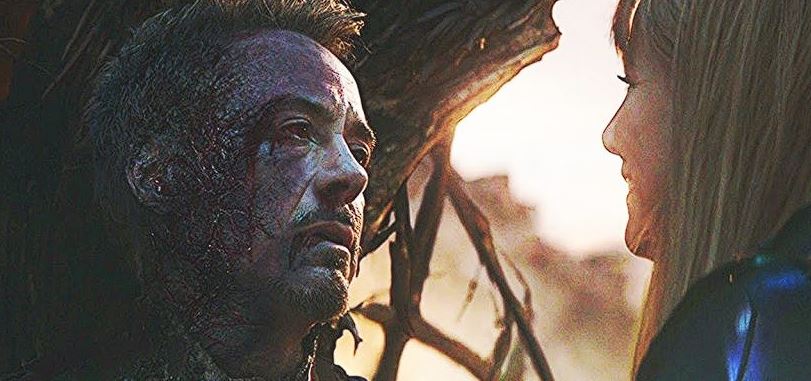
Photo Credits: Disney
Let’s get something straight – most people watch superhero movies because they want to be entertained. What brought so much success to MCU was not the super fans or the comic readers – it was the general audience; your uncle, your mailman, your high school friend. You know, the type of a person that still asks you if Batman will be in the new Avengers movie. And this is totally fine – until you expect that audience to subscribe to your streaming service and tune in every week to see the new episode or holiday special in order to understand the next superhero movie. And yes, I am talking about Disney+.
The average viewer doesn’t do that – the average viewer wants to see a compelling story that relates to the previous story that he or she saw in a previous movie in a logical way. You know, in the same way that Iron Man, Hulk, and other standalone movies blended into Avengers. Since I have a pick on Disney, I will give another example that comes from The House of Mouse – and that’s Ahsoka. I won’t be talking about horrendous writing, dull characters, inconsistent world-building, major plot holes, or some of the worst live-action fighting scenes seen on television in a decade – that’s for another article. What I want to say is that in order for you to watch this show, you first need to see 7 seasons of Clone Wars, 4 seasons of Rebels, season 2 of Mandalorian, and 2 episodes of Boba Fett. The average viewers simply won’t do this – and when it comes to Ahsoka, on a personal note, they don’t have to – the show is a mess that leads nowhere. Again, this is not caused by any kind of superhero fatigue – it’s the subscribe-and-devour-the-new-content fatigue.
Lost in The Multiverse
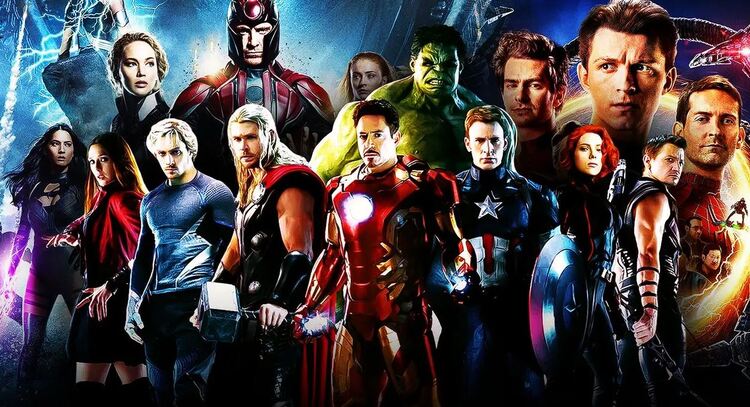
Photo Credits: Disney
The concept of a multiverse is messy as hell by its nature. It’s not a new thing though; the concept existed for decades in many franchises. The main issue with a multiverse of any kind is that by its default, there are no stakes – if someone dies, well, there can be always a replacement from another universe. Or better yet, we can always go back in time and save him/her because the concept of time travel is usually intertwined with the one of the multiverse. Superheroes in the past offered something that the latest ones don’t – definitiveness.
The lack of definitiveness and the lack of conclusion or resolution to the story is what disengages the audience from the content. If there are no stakes – well, why should we care what happens when we know that everything will be all right? Again, it’s not superhero fatigue – it’s the lack of interest due to the lack of stakes in recent movies.
When Ideology Takes Over Storytelling
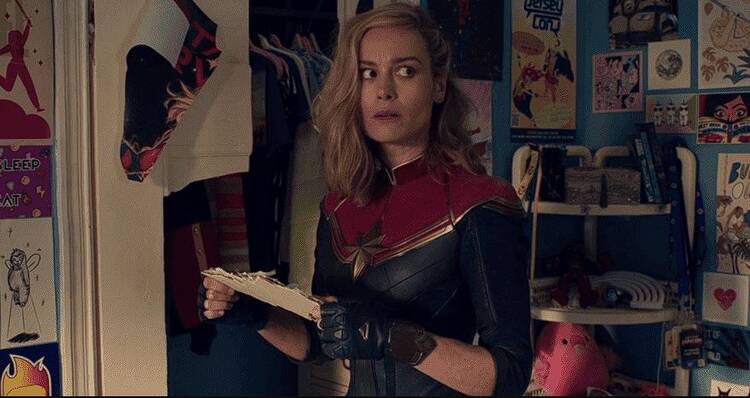
Photo Credits: Disney
Bear with me here as this is a hot topic nowadays. Many people misunderstand the issue here – and to clear this up right at the start, the issue is not the gender, race, or social status of a character. Directors and writers in the past had their own ideology as well – many with very similar attitudes as the directors and writers nowadays. The problem is that, in many modern films, ideology takes over storytelling. It simply becomes more important and the whole story centers merely around a message the writer wants to send. This causes the quality of the storytelling to decline leading to massive disagreement from the general audience because, newsflash: people don’t like to be preached upon.
Every story that you have read or seen has a message – sometimes it’s clearly stated, sometimes it’s more subtle. However, good stories relay that message through subtle means and carefully incorporate it into the plot. The plot and the story are always what keep the viewer engaged – not the message itself (well unless you are listening to a propaganda podcast). It seems that the directors of the latest movies do not understand this – and simply blame the viewers for not understanding the message when someone points out that the story is bland. This type of behavior is what causes fatigue – fatigue from the same messages being bluntly delivered to the audience that simply wants to see a good story.
The Conclusion: It’s The Bad Writing Fatigue
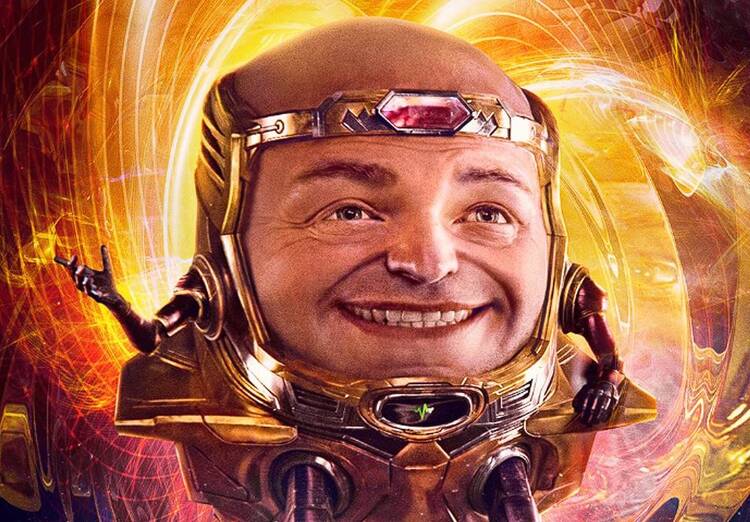
Photo Credits: Disney
Well, I said it in the heading – it’s not the superhero fatigue, it’s the bad writing fatigue. The general audience as well as super fans are tired of washed-up stories – stories that have been told and seen before. The audience is tired of movie directors telling them that they don’t understand “the message”. People are tired of refurbished, reused, recycled content, and most of all – people are tired of poorly written stories. The Avengers, Batman, and other successful movies set a high bar in the superhero world. Instead of using those films to reach new heights and stand on the shoulders of giants, many contemporary movies crumble into dust and obscurity, often citing ‘superhero fatigue’ as an excuse. Hope remains though, when the cash cow stops giving milk (as it eventually will), the superhero genre is poised for a transformation, and superheroes may rise once again.
